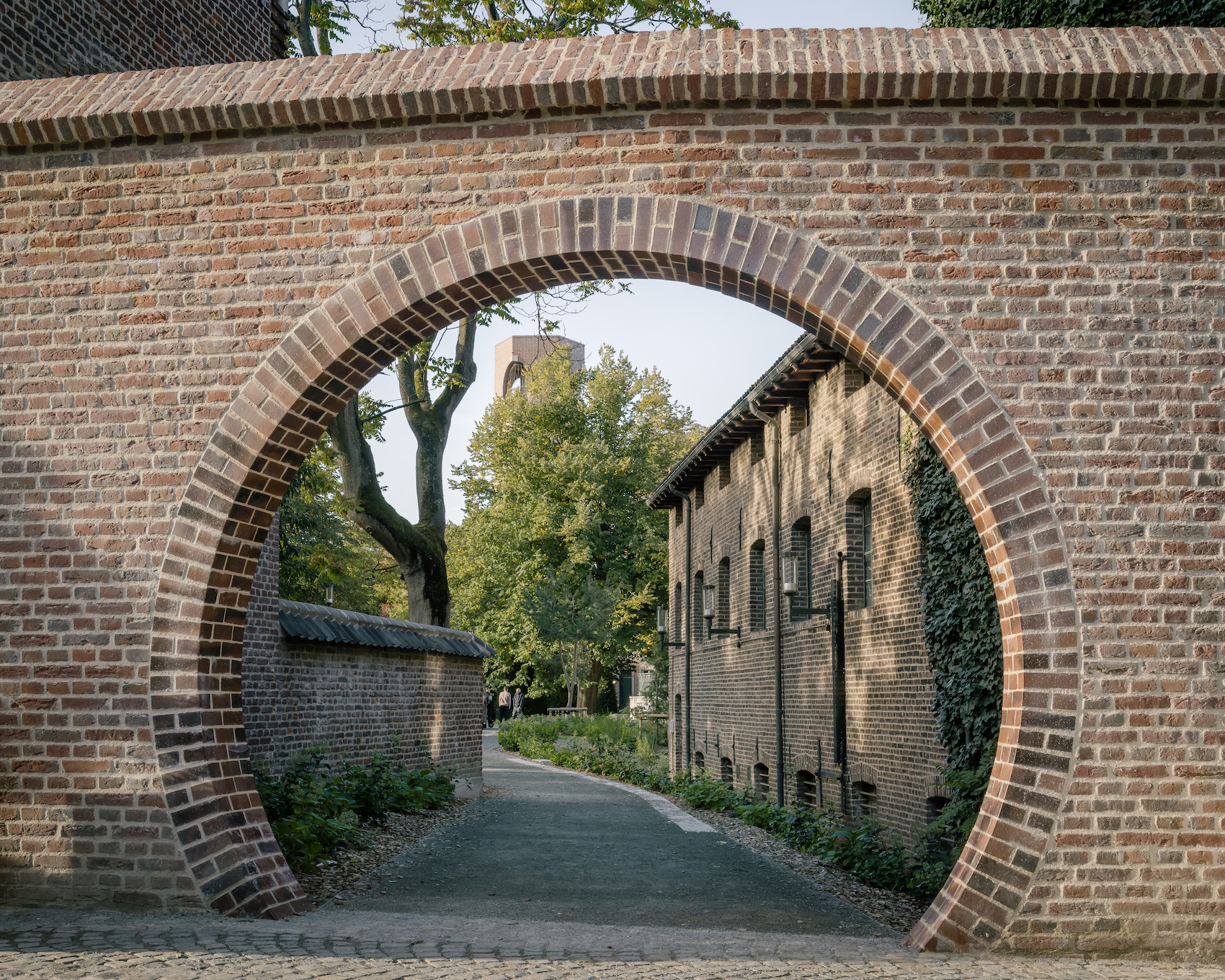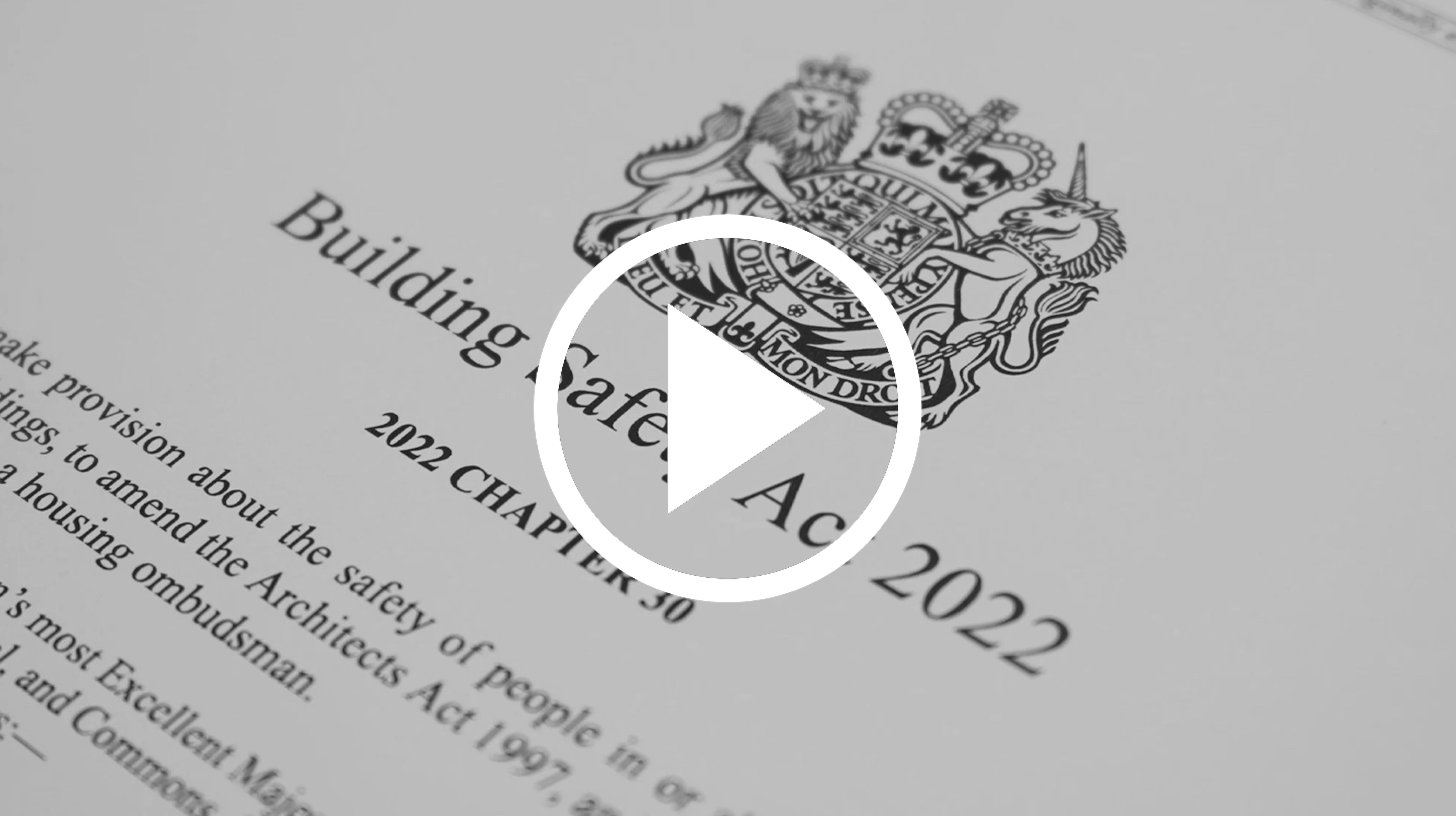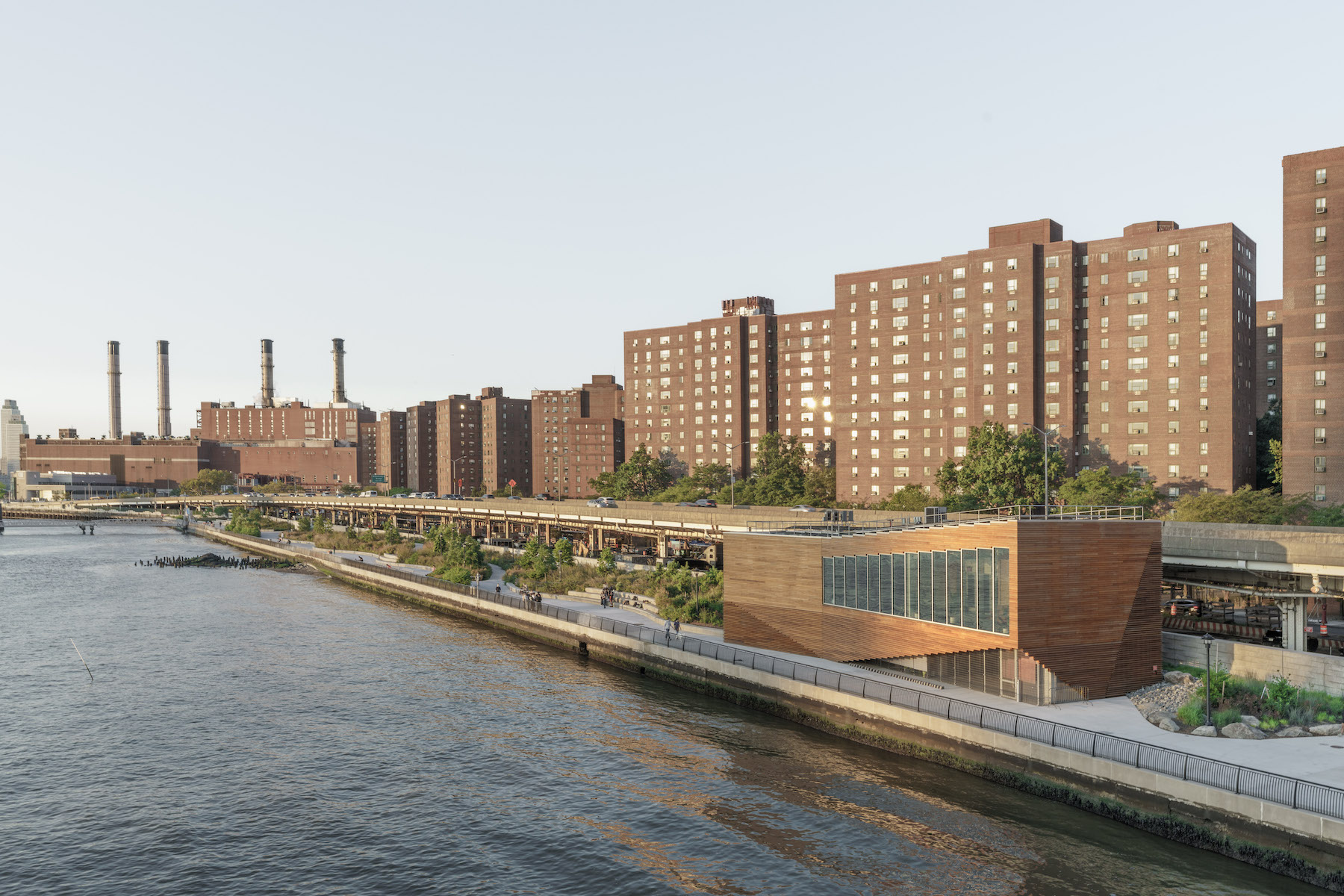Josh McCosh of van Heyningen and Haward argues that meaningful progress on low-carbon construction demands immediate legislative action, a shift to natural materials, and industry-wide accountability for real building performance.
Josh McCosh surveys material samples at van Heyningen and Haward’s studio in Chalk Farm, London. “We actively try to minimise cementitious materials, new metals, plastics and composites. There is a particular challenge with glazing, and we look forward to glass which does not rely on the short, carbon- intensive lives of sealed units.”
All recent governments have paid lip service to sustainability, but have been utterly hypocritical in avoiding the fiscal policy or legislation that is needed. To mitigate climate change and stay within vaguely tolerable planetary boundaries we need systemic change. Intelligent, responsible construction needs to become normal. We need to implement legislation now that delivers the UK’s legal commitment to Net Zero made in the Climate Change Act 2008.
Our clients from the heritage sector have a much more nuanced understanding of materials and their long-term value. They find lime (as a binder and sealant), biogenetic insulation, earth, timber, and stone obviously sensible.
We’ve tried to persuade clients to move to timber and biogenic materials, using our one-click software to demonstrate the impacts of material choices. The adoption of a lean timber-frame for our Passivhaus primary school at Houlton for Urban&Civic is due to gradual advocacy and discussions on two earlier projects, which U&C embraced and then encouraged.
Most of our contractor clients feel most comfortable with a high-carbon palette of concrete, cement, steel, aluminium, plastic insulation, carpet and vinyl. That’s low risk to them, but the polluter doesn’t pay in this instance.
We find it almost impossible to get clients to pay for POEs, which is a shame as it would enable them to realise the full value of their buildings, learn from them, and improve our construction knowledge and culture. I would like a simple declaration of actual energy and water use to be legally mandatory for every building, every year, and to be held on an open searchable GIS database, as this would force the issue.
It’s encouraging to see the likes of Webb Yates, Engenuiti, and Amin Taha pushing the envelope of ‘normal’ with timber and stone structures. We look forward to when a Tier 1 contractor’s supply chain can engage with the climate crisis, and use their considerable skills to employ natural materials and processes that cause less impact.
This country has huge finance, design, and construction talent, a large economy, and stable institutions. Within a couple of years we could have collectively evolved and created a new paradigm for construction.
Josh McCosh
vHH
London
NW1 8DN
Reinventing practice features participants in the Regenerative Architecture Index.














